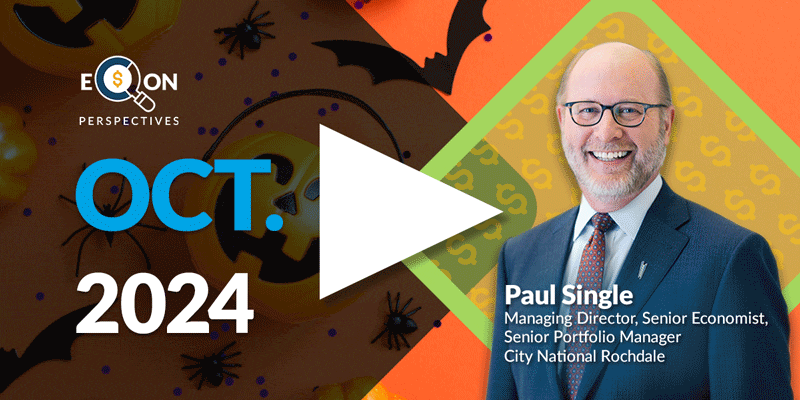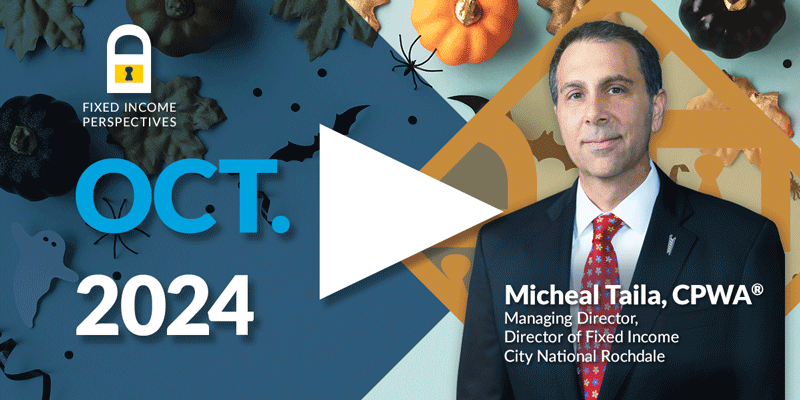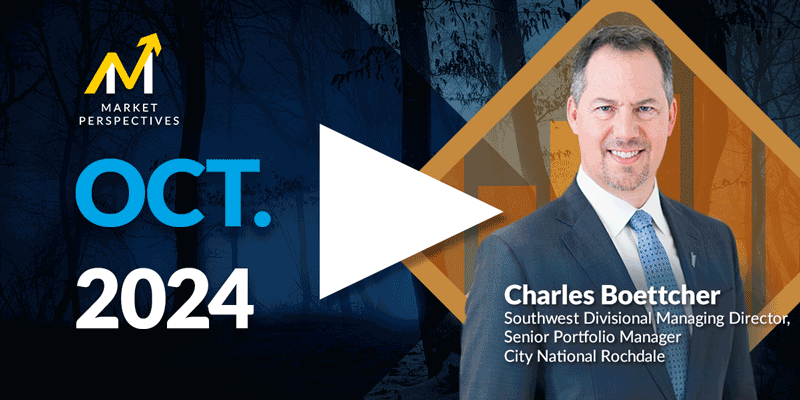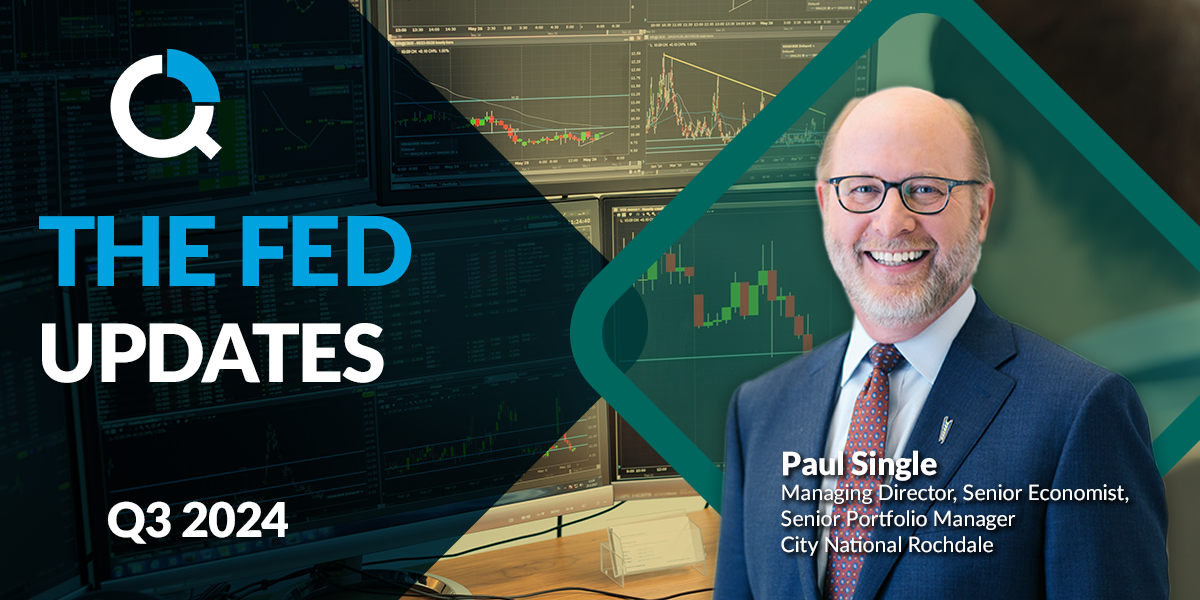

FAQs on the Markets and Economy
Is the U.S. economy already in recession? — Updated
After contracting 1.6% in Q1, preliminary estimates now show U.S. gross domestic product (GDP) fell another 0.9% in Q2, matching a popular rule of thumb that defines recessions as two or more consecutive quarters of negative GDP growth.
While we recognize that recession risk has risen significantly, for us it nevertheless seems premature to make a call that we are already in one. The weakness in GDP over the first half of the year was due to several unusual pandemic artifacts, including slower inventory growth, fading government spending, and a growing trade deficit that combined to offset ongoing strength in consumption and investment.
The official arbiters of recession dates at the National Bureau of Economic Research (NBER) are likely to see it the same way. Using a variety of different indicators, the NBER defines a recession as a significant decline in economic activity that is spread across the economy and lasts more than a few months. Most of these indicators are still in expansion territory, with labor market conditions and job growth continuing to be particularly robust.
Much of this debate, though, can be seen as a question of semantics. The one thing everyone can agree on is that the economy is slowing sharply and that the risks of a more severe downturn have risen.
As investors, we think this is a good enough reason to remain cautious. With inflation’s upward ascent still in motion, the slowing economic momentum is unlikely to deter the Fed from its aggressive track. Policymakers remain committed to bringing down price pressures regardless of the costs — even if such repercussions include an indisputable recession by any definition.

Is the recent rally in equity prices sustainable?
Despite a string of data showing signs that the economy is slowing, U.S. equities have held up reasonably well recently, with the S&P 500 up about 9% over the past month.
The rebound has been driven by second quarter corporate earnings results that have been better than feared, as well as a view amongst investors that weaker economic data will lead the Fed to tighten less than previously thought. While the rally is encouraging, we think it’s too early to signal the all clear. It’s important to remember that bear market rallies are common and major bottoms tend to see a retest of previous lows.
Although sentiment appears to be bottoming and valuations have adjusted, for a sustained recovery to take place, a number of conditions likely must be met. Firstly, we continue to believe consensus estimates for future earnings growth remain too high and have not yet discounted an increasing risk of an economic downturn. We also think weakening economic data will not be enough to deter the Fed from hiking aggressively this year.
Policymakers remain committed to reining in price pressures, and it will take several months of declining inflation readings before the Fed will begin to contemplate taking its foot off the brake. Such an outcome would probably mean rising discount rates and disappointing growth in corporate profits, a negative combination for equity prices. And while falling expectations for the fed funds rate have likely supported valuations recently, we doubt this would hold during a severe slowdown. In such periods, valuations have tended to fall further, as appetite for risk deteriorates.
Given this, we continue to recommend caution over the near term. Markets are likely to remain highly volatile, and further downside is possible until we have better clarity on both the path of inflation and Fed tightening, and prospects for economic and corporate profit growth.

Will the inflation rate begin to decline?
The yearly change in the consumer price index broke through 9% last month, landing at 9.1%.
It is the first time above 9% since 1981. In addition, the monthly increase was a surprisingly strong 1.3%. The monthly number has rarely been higher: only once in 2005 because of Hurricane Katrina and just a handful of times back in the 1980s and 1970s.
Looking ahead, the yearly change in inflation may have peaked. The energy sector has been one of the driving forces behind the annual change in overall inflation. Inside the energy sector, gasoline prices hit their cycle high in mid-June and have since fallen 11.5%. If prices hold or decline more, that should alleviate some upward pressure on overall inflation.
That said, inflation is still a big problem for the Fed. As a result, they have recently moved up their expectation of the year-end federal funds rate above the neutral level into the economically restrictive range. This will help slow the pace of economic growth and bring down inflation. Over the next few months, we will see how the economy responds.

Has the low level of consumer confidence caused consumers to cut back on spending?
Interestingly, some consumer sentiment indicators are near recession levels, but consumers are not holding back.
They are still spending based on their financial condition (which is strong). The retail sales report is another example illustrating that consumers do not always do what they say. Retail sales jumped 1.0% in June and are up a solid 8.4% in the past year. That is much stronger than the average 3.9% growth rate in the past expansion (see chart).
It is important to note that retail sales data are reported in nominal dollars; the data are not adjusted for inflation, unlike most other reports. Adjusted for inflation, real retail spending has been declining.
There is one place consumers are changing their spending habits. Gasoline sales rose 3.6% in June, but gas prices rose over 11%, so inflation-adjusted gasoline spending plunged this past month. This is interesting. Gasoline demand is typically inelastic, meaning price changes do not materially impact demand. But according to this data, the volume of gasoline purchases was down. Maybe people are taking advantage of working from home as a way of dealing with the higher prices.

Important Disclosures
The information presented does not involve the rendering of personalized investment, financial, legal or tax advice. This presentation is not an offer to buy or sell, or a solicitation of any offer to buy or sell, any of the securities mentioned herein.
Certain statements contained herein may constitute projections, forecasts and other forward-looking statements, which do not reflect actual results and are based primarily upon a hypothetical set of assumptions applied to certain historical financial infor-mation. Certain information has been provided by third-party sources, and although believed to be reliable, it has not been inde-pendently verified, and its accuracy or completeness cannot be guaranteed.
Any opinions, projections, forecasts and forward-looking statements presented herein are valid as of the date of this document and are subject to change.
There are inherent risks with equity investing. These include, but are not limited to, stock market, manager or investment style risks. Stock markets tend to move in cycles, with periods of rising prices and periods of falling prices.
Investing in international markets carries risks such as currency fluctuation, regulatory risks and economic and political instability.
There are inherent risks with fixed income investing. These may include, but are not limited to, interest rate, call, credit, market, inflation, government policy, liquidity or junk bond risks. When interest rates rise, bond prices fall. This risk is heightened with in-vestments in longer-duration fixed income securities and during periods when prevailing interest rates are low or negative.
Investing involves risk, including the loss of principal.
As with any investment strategy, there is no guarantee that investment objectives will be met, and investors may lose money.
Past performance is no guarantee of future performance.
This material is available to advisory and sub-advised clients, as well as financial professionals working with City National Rochdale, a registered investment advisor and a wholly-owned subsidiary of City National Bank. City National Bank provides investment management services through its sub-advisory relationship with City National Rochdale.
Non Deposit Investment Products are: Not FDIC Insured, Not Bank Guaranteed, May Lose Value
The information presented does not involve the rendering of personalized investment, financial, legal, or tax advice. This presentation is not an offer to buy or sell, or a solicitation of any offer to buy or sell any of the securities mentioned herein.
Certain statements contained herein may constitute projections, forecasts and other forward-looking statements, which do not reflect actual results and are based primarily upon a hypothetical set of assumptions applied to certain historical financial information. Readers are cautioned that such forward-looking statements are not a guarantee of future results, involve risks and uncertainties, and actual results may differ materially from those statement. Certain information has been provided by third-party sources and, although believed to be reliable, it has not been independently verified and its accuracy or completeness cannot be guaranteed.
Past performance or performance based upon assumptions is no guarantee of future results.
Indices are unmanaged and one cannot invest directly in an index. Index returns do not reflect a deduction for fees or expenses.
Any opinions, projections, forecasts, and forward-looking statements presented herein are valid as on the date of this document and are subject to change.
All investing is subject to risk, including the possible loss of the money you invest. As with any investment strategy, there is no guarantee that investment objectives will be met and investors may lose money. Diversification does not ensure a profit or protect against a loss in a declining market. Past performance is no guarantee of future performance.
This material is available to advisory and sub-advised clients, as well as financial professionals working with City National Rochdale, a registered investment adviser and a wholly-owned subsidiary of City National Bank. City National Bank provides investment management services through its sub-advisory relationship with City National Rochdale.
INDEX DEFINITIONS
S&P 500 Index: The S&P 500 Index, or Standard & Poor’s 500 Index, is a market-capitalization-weighted index of 500 leading pub-licly traded companies in the U.S. It is not an exact list of the top 500 U.S. companies by market cap because there are other criteria that the index includes.
Muni Bond: A municipal bond is a debt security issued by a state, municipality or county to finance its capital expenditures, includ-ing the construction of highways, bridges or schools. These bonds can be thought of as loans that investors make to local govern-ments.
Bloomberg Barclays U.S. Corporate High Yield Bond Index: measures the USD denominated, high-yield, fixed-rate corporate bond market.
Dow Jones Select Dividend Index: The Dow Jones U.S. Select Dividend Index looks to target 100 dividend-paying stocks screened for factors that include the dividend growth rate, the dividend payout ratio and the trading volume. The components are then weighted by the dividend yield.
The SIFMA Municipal Swap Index: The Securities Industry and Financial Markets Association Municipal Swap Index is a 7-day high-grade market index comprised of tax-exempt Variable Rate Demand Obli-gations (VRDOs) with certain characteristics. The Index is calculated and published by Bloomberg. The Index is overseen by SIFMA’s Municipal Swap Index Committee.
CalPERS: The California Public Employees’ Retirement System, also known as CalPERS, is an organization that provides numerous benefits to its 2 million members, of which 38% are school members, 31% public agency members, and 31% state members.
4Ps: The 4P analysis is a proprietary framework for global equity allocation. Country rankings are derived from a subjective metrics system that combines the economic data for such countries with other factors including fiscal policies, demographics, innovative growth and corporate growth. These rankings are subjective and may be derived from data that contain inherent limitations.
Stay Informed.
Get our Insights delivered straight to your inbox.
Put our insights to work for you.
If you have a client with more than $1 million in investable assets and want to find out about the benefits of our intelligently personalized portfolio management, speak with an investment consultant near you today.
If you’re a high-net-worth client who's interested in adding an experienced investment manager to your financial team, learn more about working with us here


